Raymond Burr/Robert Benevides Collection
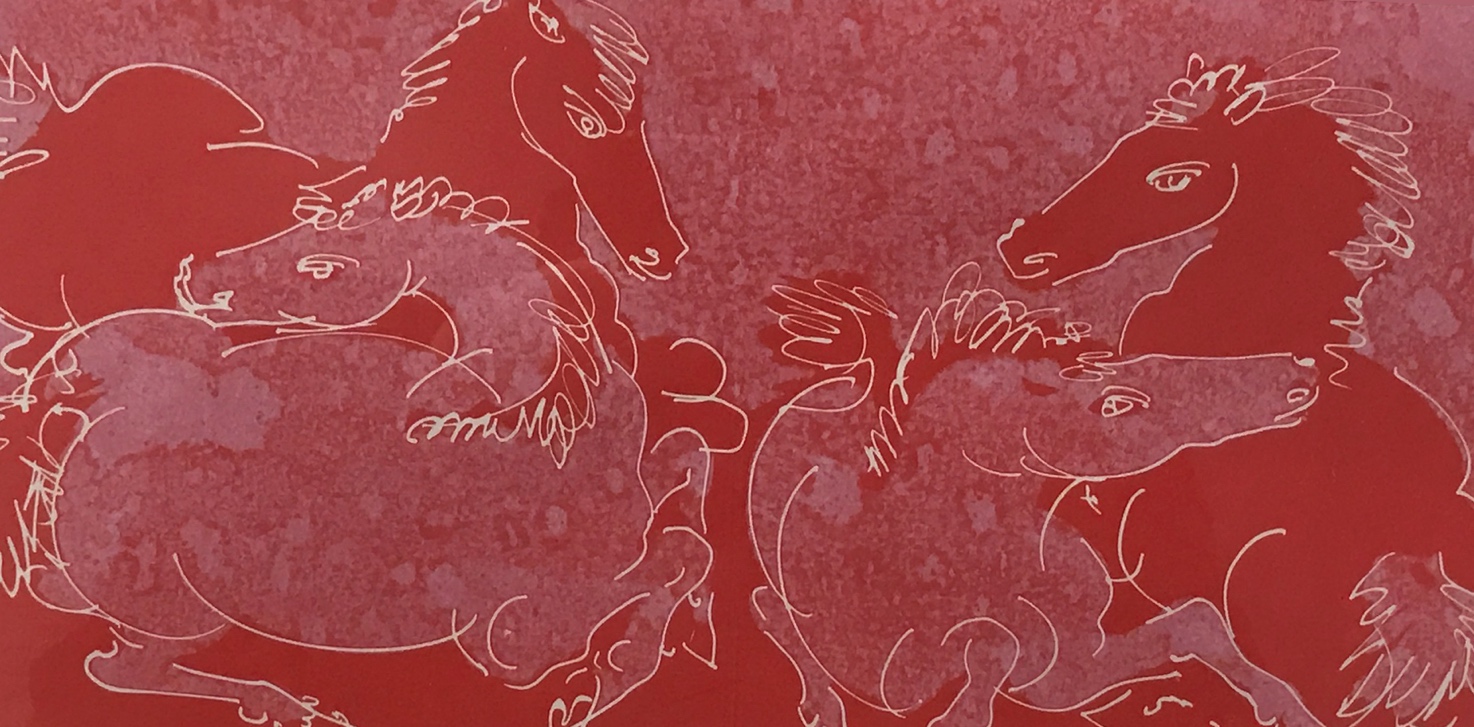
Raymond Burr/Robert Benevides Collection
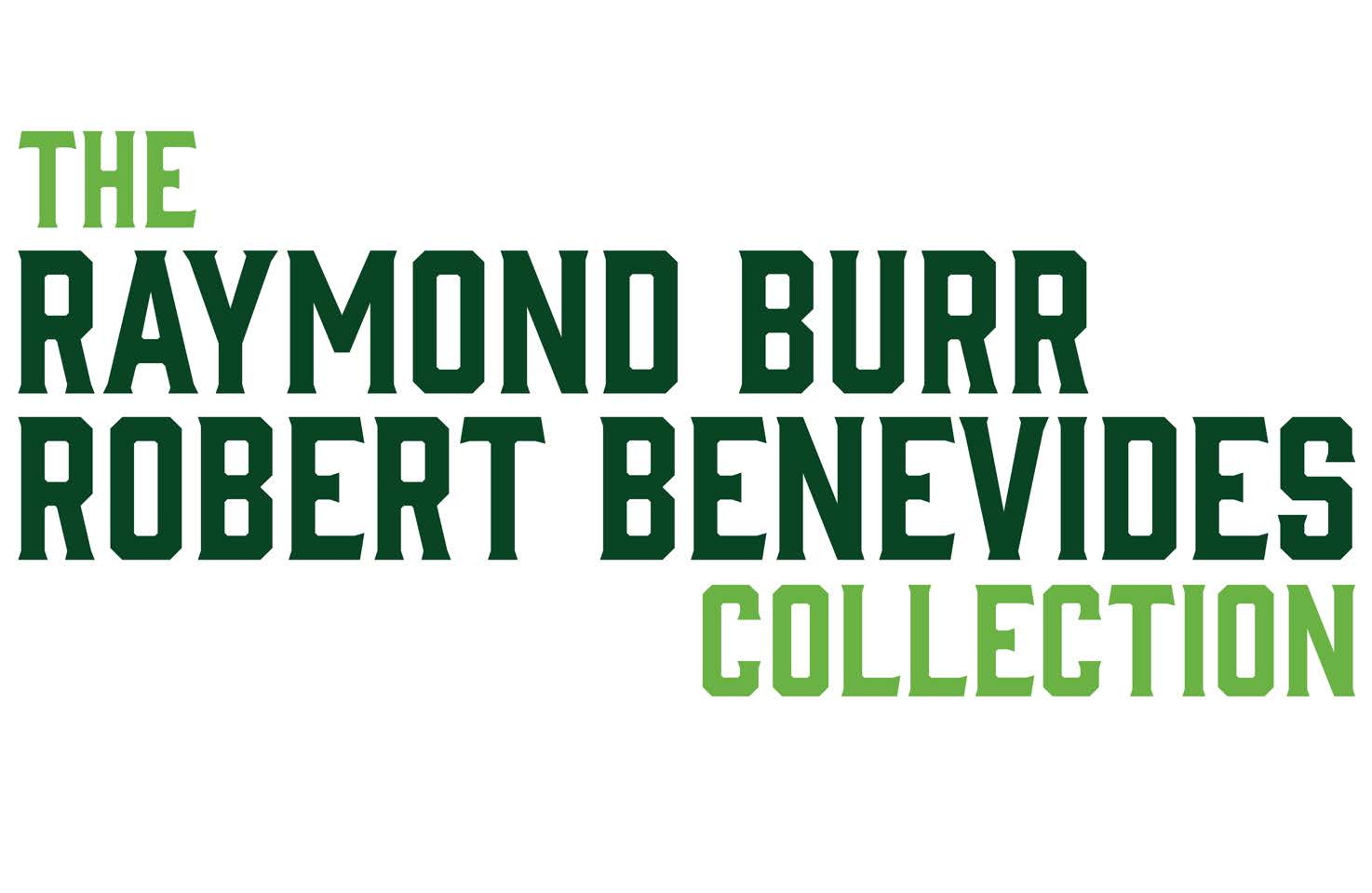
Donated by the actor Raymond Burr to Cal Poly Pomona in 1991, the collection contains a broad multicultural assortment of artworks from Japan, Fiji, Europe and the Americas, including paintings, prints, folios, silver sets and antique furniture. Included are a portfolio of mid-century lithographs by Swiss graphic designer, illustrator and printmaker Hans Erni (1909- 2015) who came to speak to Cal Poly Pomona students when the collection was first acquired. Other works include Gerard engravings of Nicolas de Larmessin’s 17th century theatrical costumes, drawings by Jacques Callot, oil paintings by William Bell, Minerva Chapman and Camillo Innocenti. The collection also includes a wide assortment of 18th and 19th century pieces from Japan, including geisha woodcuts by Kunisada, Shikimaro and Ippitsusai, antique inked carved woodblocks, tsubas—decorative Japanese handguards for sword handles— and two-hundred netsukes—delightfully tiny hand-carved sculptures made of ivory, bone or wood. These precious miniatures and elaborate sword guards provide a valuable window into Japanese culture in the 19th and early 20th centuries.
The Raymond Burr-Robert Benevides Collection was donated to the Art Department as a result of the great relationships between Burr and Benevides with Cal Poly Pomona’s former University President Hugh O. La Bounty (1977-1991), who also oversaw the establishment of the Kellogg University Art Gallery in the 1970s. Burr’s international collection is a diverse group of objects and artworks collected by the famed actor as a result of his vast international travels during filming television shows and movies over his lifetime. The eclectic-ness of the collection is a result of both partners’ world travels to Europe, Asia, Polynesia and Canada during their lifelong, thirty-year relationship. The collection was donated as a result of the coordinated effort of Benevides, who assisted in the transfer of the collection after Burr’s death in 1993. Burr had previously donated his orchid collection to the Cal Poly Pomona Department of Horticulture just a few years earlier, and wanted to make sure his art collections, of over 450 artworks and objects, were also properly cared for after his passing.
Selections from the Burr-Benevides collections have been exhibited on several CSU campuses, the Fresno Art Museum and other public exhibition spaces, and is periodically exhibited in shows at Cal Poly Pomona’s University’s Art Galleries.

Hans Erni, Les Chevaux / The Horses (four horses in motion), 1954, lithograph in colors, ed. no. 11 of 43, 6 x 12”. The Raymond Burr-Robert Benevides Swiss Collection. Donated by Raymond Burr and Robert Benevides. College of Environmental Design, Cal Poly Pomona.
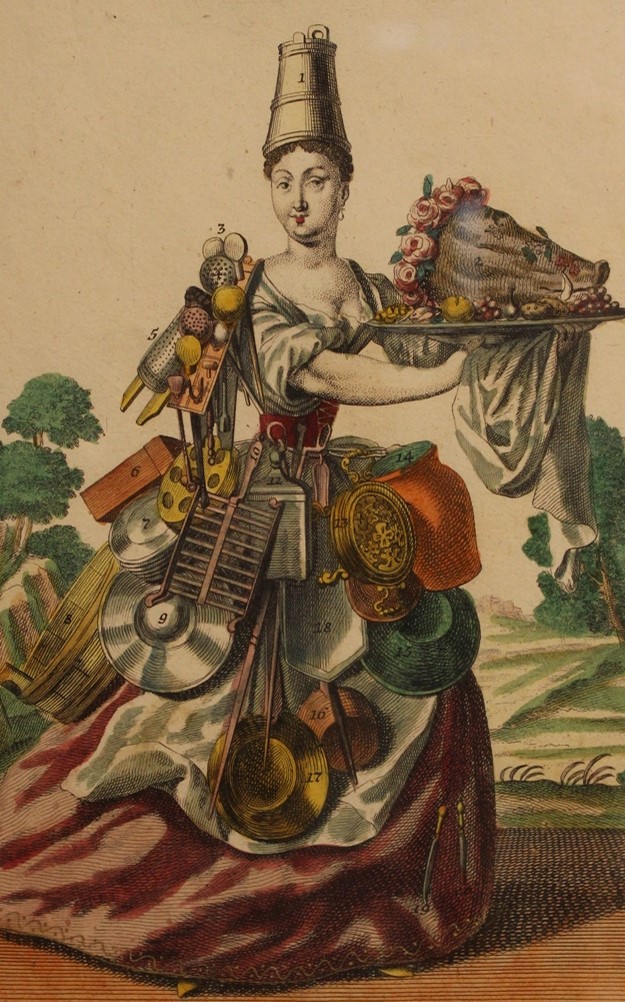
Gerard Valck, Engraver and Nicolas de Larmessin II, Costumer, Une Cuisinière / The Cook (detail), n.d. (original 1700), engravings in color, partial suite, ed. no. 1 of 3, overall: 11.875 x 7.75”. Reproduced in color in 1995. The Raymond Burr- Robert Benevides Continental Collection. Donated by Raymond Burr and Robert Benevides. College of Environmental Design, Cal Poly Pomona.
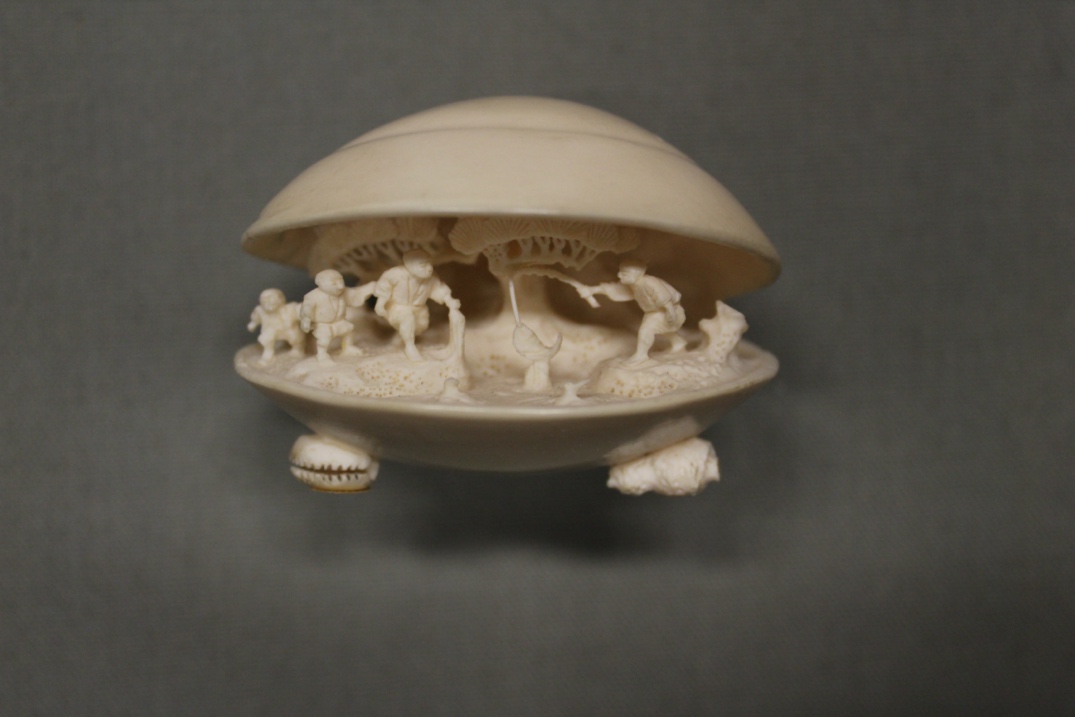
Mitsuharu, Large open clam shell with a fishing scene, late 18th/early 19th century (Edo period), stained ivory netsuke, 1.63 x 2.33 x 2”. The Raymond Burr-Robert Benevides Japanese Collection. Donated by Raymond Burr and Robert Benevides. College of Environmental Design, Cal Poly Pomona.
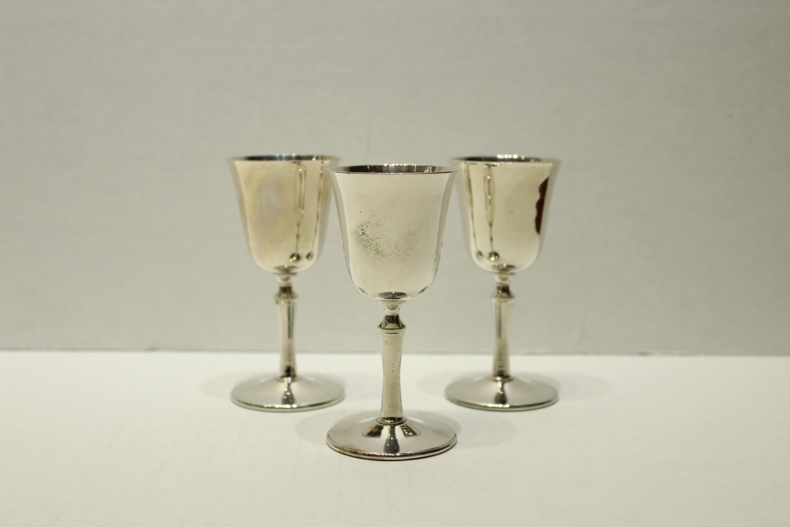
Small Silver Goblets (3 of a set of 11), approx. 7 x 3” dia. The Raymond Burr-Robert Benevides Silver Collection. Donated by Raymond Burr and Robert Benevides. College of Environmental Design, Cal Poly Pomona.
More About Raymond Burr and Robert Benevides
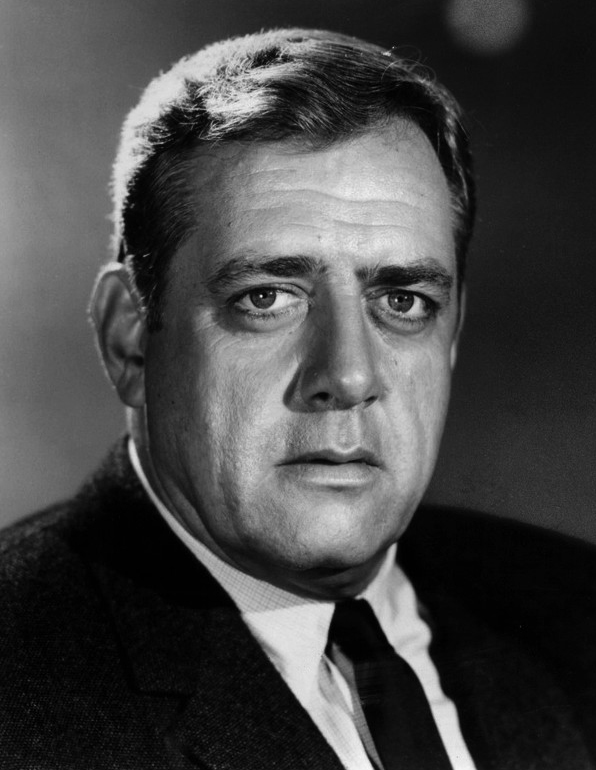
Art collector, orchid breeder and donor to Cal Poly Pomona, Raymond Burr. Source: Wikipedia via Ebay. NBCTV, September 22, 1968.
Born Raymond William Stacy Burr in 1917 in British Columbia, Burr spent most of his early life traveling. As a youngster, his father moved his family to China, where his father worked as a trade agent. When the family returned to Canada, Raymond's parents separated. He and his mother moved to Vallejo, California, where she raised him with the aid of her parents. As he got older, Burr began to take jobs to support his mother, younger sister and younger brother. He took jobs as a ranch hand in Roswell, New Mexico; as a deputy sheriff; a photo salesman; as a singer in nightclubs; and even opened an art gallery on Beverly Hills' Rodeo Drive in the early 1950s.
In World War II, Burr served in the United States Navy. In Okinawa, he was injured and returned home. In 1946, Burr made his film debut in San Quentin (1946). Burr's early acting career included roles on Broadway, radio, television and film —he was most often than not, cast as ‘the notorious villain’. His portrayal of the suspected murderer in the Alfred Hitchcock thriller Rear Window (1954) is regarded as his best-known film role. Well-known for his television acting, Burr won two Emmy Awards, in 1959 and 1961, for his role as Perry Mason, one of television’s early lawyer-based dramas. His second hit TV series, Ironside, also earned him six Emmy nominations and two Golden Globe nominations. In 1996, Burr was listed as one of the “50 Greatest TV Stars of All Time” by TV Guide, and as recently as 2014, a study found that Burr was rated as the favorite actor by Netflix users, with the greatest number of dedicated microgenres. The original Perry Mason and Ironside TV shows continue in popularity through global syndication today.
In his personal life, Raymond Burr gave enormous sums of money, including his salaries from his later produced Perry Mason movies, to charity, sponsored 26 foster children, many with the gravest medical needs, and founded and financed the American Fijian Foundation that funded academic research, including efforts to develop a dictionary of the language. In Fiji, he was dedicated to cultivating orchids and collecting art, stamps, and seashells. It is said that Burr was responsible for adding more than 1,500 new orchids to the worldwide catalog, many of which were donated to Cal Poly Pomona’s Horticulture Dept. Burr was also among the earliest importers and breeders of Portuguese Water Dogs in the United States. He was very fond of cooking for friends and collecting fine wine. In 1986, Burr and Benevides began to cultivate several grape varietals at Burr's farmland holdings in Sonoma County and bottled their first varietals 1989. Raymond Burr Vineyards was continually owned by Benevides after Burr’s death in 1993, until he sold the vineyards in 2017.
Selections from the Burr-Benevides collections have been exhibited on several CSU campuses, the Fresno Art Museum and other public exhibition spaces, and is periodically exhibited in shows at Cal Poly Pomona’s University’s Art Galleries.
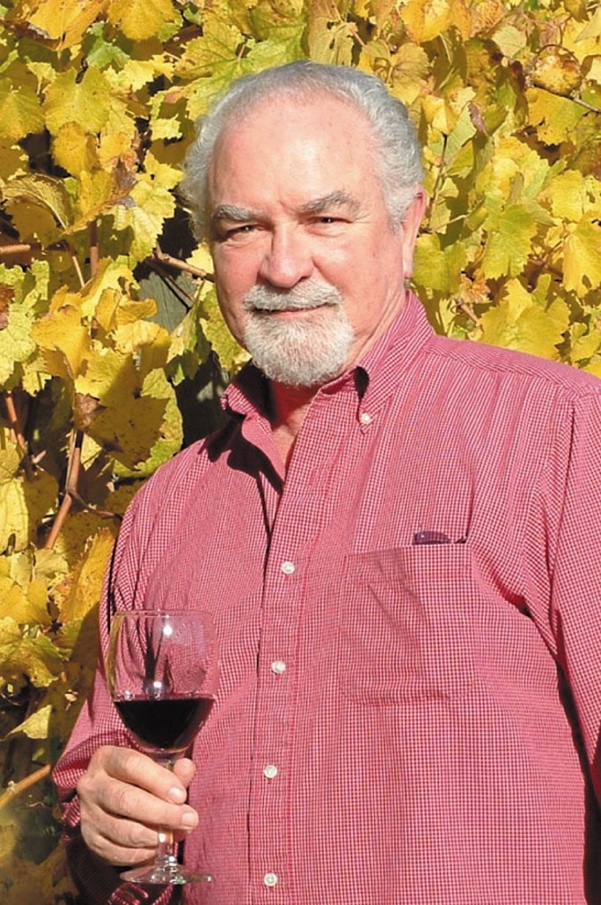 Robert Benevides, c. 2016, co-donor of Raymond Burr-Robert Benevides' Art Collections. Source: Passport, online magazine.
Robert Benevides, c. 2016, co-donor of Raymond Burr-Robert Benevides' Art Collections. Source: Passport, online magazine.
Robert Benevides was born Robert Lee Beneveds in Visalia, California, in 1930. Benevides, a graduate of Cal Berkeley, was an actor and film producer in Hollywood and New York for 38 years. As a television actor he was best known for his work on The Outer Limits (1963), Ironside (1967) and The Bold Ones: The New Doctors (1969). Benevides was co-founder/creative consultant working with Raymond Burr, under the aegis of Harbour- UTV Productions, Burr's production company.
It was in the mid-1950s, on the widely acclaimed and successful television program Perry Mason that the two actors, Raymond Burr and Robert Benevides first met, and became fast friends.
Their partnership grew and advanced as their mutual interest in the knowledge of the cultivation and hybridization of orchids developed. Their mutual hobby began to grow in importance to them and the next logical step was to make it into a commercial venture.
At the same time, Benevides had become Executive in Charge of Production for Mr. Burr’s very successful and long (8 years) running television series, Ironside. The two men purchased a private island in Fiji where they bred orchids, raised coconuts and cattle and helped bring up the standard of living for the Fijian people who lived on the island.
In 1976, Robert Benevides’ father, attracted by the beauty of the Dry Creek Valley and the special qualities of land with its productive soils, purchased portions of what was later the existing Raymond Burr Vineyard Estate. Years later, in 1986, Robert and Raymond planted vines on their lovely estate, bottled their first wines in 1989. After Burr’s death in 1993, Benevides started the Raymond Burr label (1998), after many successful years of wine production, and reaching his 85th birthday (2013), Robert Benevides decided to sell his vineyard estate. Until he sold the vineyards in 2017.
Upon Burr’s death in 1993, Benevides oversaw the donation of the Burr-Benevides Collection to Cal Poly Pomona. Selections from the Burr-Benevides collections have been exhibited on several CSU campuses, the Fresno Art Museum and other public exhibition spaces, and is periodically exhibited in shows at Cal Poly Pomona’s University’s Art Galleries.